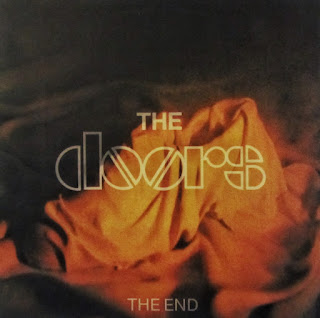WHITNEY HOUSTON - I WANNA DANCE WITH SOMEBODY (WHO LOVES ME)
Llançament: 28 d’abril de 1987
Llistes: EUA: #1 (2 setmanes) | Regne Unit: #1 (2 setmanes)
“I Wanna Dance with Somebody (Who Loves Me)” és una cançó d’èxit de Whitney Houston de l’any 1987, publicada com a single principal del seu segon àlbum d’estudi, “Whitney”. Aquest himne alegre de dance-pop va valer a Houston el seu segon Premi Grammy a la Millor Interpretació Vocal Femenina de Pop durant la 30a edició dels Grammy.
Escrita per George Merrill i Shannon Rubicam, i produïda per Narada Michael Walden, la peça va sorgir arran de l’èxit de la seva col·laboració anterior a “How Will I Know”. Impulsats per aquest moment, el duo va escriure ràpidament la cançó al seu estudi del garatge, polint-la l’endemà abans d’enregistrar una maqueta amb un so inspirat en el rock. Van atribuir al baixista Leon Gaer el mèrit de millorar l’atractiu de la maqueta. Merrill la va lliurar personalment a Clive Davis a l’aeroport, subratllant el seu potencial. Davis va escoltar-la durant el vol i va decidir immediatament que era perfecta per a Houston, assegurant-la fermament per al seu àlbum.
“I Wanna Dance with Somebody (Who Loves Me)” es va convertir en un fenomen global, arribant al número 1 a les llistes de 18 països, inclosos Austràlia, Itàlia, Alemanya i el Regne Unit. Als EUA, va ser el quart senzill consecutiu de Houston que arribava al número 1, formant part de l’impressionant ratxa de set números 1 seguits que va aconseguir amb els seus dos primers àlbums. Aquesta cançó va superar totes les expectatives, venent 3 milions de còpies als Estats Units, impulsant les vendes de l’àlbum fins als 9 milions.
El videoclip va ser dirigit per Brian Grant i coreografiat per Arlene Phillips a Nova York, el març de 1987. Estrenat a MTV el 30 de maig de 1987, mostra Whitney Houston amb un vestit morat sobre un fons acolorit. El vídeo comença amb Houston deixant l’escenari després d’una actuació i transiciona a escenes dinàmiques on balla amb diversos vestits a diferents ubicacions. Els ballarins intenten impressionar-la, i el vídeo acaba amb Houston interactuant de manera divertida amb un ballarí sorprès, preguntant-li: “Don’t you wanna dance?”
WHITNEY HOUSTON - I WANNA DANCE WITH SOMEBODY (WHO LOVES ME)
Released: April 28, 1987
Charts: US: #1 (2 weeks) UK: #1 (2 weeks)
“I Wanna Dance with Somebody (Who Loves Me)” is a 1987 hit song by Whitney Houston, released as the lead single from her second studio album, “Whitney”. The upbeat dance-pop anthem earned Houston her second Grammy Award for Best Female Pop Vocal Performance at the 30th Annual Grammy Awards.
Written by George Merrill and Shannon Rubicam and produced by Narada Michael Walden, the track followed their successful collaboration on “How Will I Know. Inspired by their momentum, the duo quickly created the song in their garage studio, tweaking it the next day before recording a demo with a rock-inspired sound. They credited their bassist, Leon Gaer, for enhancing the demo’s appeal. Merrill personally delivered the demo to Clive Davis at the airport, emphasizing its potential. Davis listened to it on his flight and immediately decided it was perfect for Houston, firmly claiming it for her album.
“I Wanna Dance with Somebody (Who Loves Me)” became a global phenomenon, topping the charts in 18 countries, including Australia, Italy, Germany, and the UK. In the US, it marked Whitney Houston’s fourth consecutive number-one single, and was part of Whitney Houston’s extraordinary streak of seven consecutive US #1 hits spanning her first two albums. This single surpassed high expectations, selling 3 million copies in the US and propelling the album to 9 million in sales.
The music video was directed by Brian Grant and choreographed by Arlene Phillips in New York City in March 1987. Premiering on MTV on May 30, 1987, it featured Whitney Houston in a purple dress with a vibrant, colorful backdrop. The video begins with Houston leaving the stage after a performance, transitioning into dynamic scenes of her dancing in various outfits and locations. Dancers attempt to impress her, and the video ends with Houston playfully engaging a surprised male dancer, asking, “Don’t you wanna dance?”











































